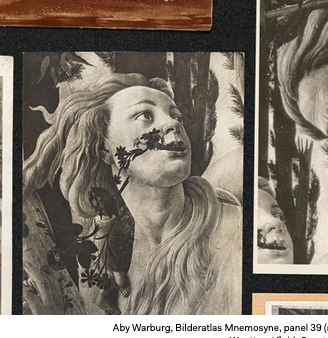[ I 1, 1][ ⋇ ]
I do feel the necessity to my so-called roots, since they are the fount of my strength, the guiding arrow to which I constantly refer before heading for a new direction” (Trinh T. MInh-Ha, 1989, Women Native Other). [ I 1, 1]
[I 1, 2][ ⋇ ]
Back from an intimate, bitterly pungent, green trip with covid-free plant and goddess Artemisa annua.
If we had the possibility to disturb the idea of the exclusive, ego-centric, coherent being and challenge the eyes/I’s lazy habits, we could, perhaps, hope for germination and (inner) growth.
If we had the possibility to perceive cityphorests as places of erasure as opposed to places of inscription, we could, perhaps, understand places as fluid identities.
If we had the possibility to consider the vulnerability of the seed, we could, perhaps, re-turn to communal living and rearticulate ties-substances-threads-phloems between family (collective), place, metaphor(est) and persona.
If we, humanbody landscapes, had the possibility to inhabit cityphorest landscapes, we could, perhaps, rediscover how they influence each other as sites of continuous action and how they become together as one unfinished landscape. (Cristina Liñán, 2020) [I 1, 2] (or [s 1, 5] if we understand compost as memory)
